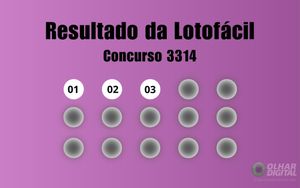Emotions can significantly influence not only how we feel but also how we move, and recent research has illuminated this fascinating connection. A study conducted by researchers at Tohoku University has demonstrated how emotional states, induced by classical music, can impact ankle proprioception performance during specific movement tasks.
The study involved twenty healthy young adults who participated under four different emotional conditions: no music, happy, sad, and neutral. During these trials, the participants performed ankle joint position sense (JPS) tasks where their ability to match target angles with their ankle position was tested. This investigation aimed to determine how listening to music could alter proprioceptive accuracy—our body’s ability to sense joint positioning and movement.
According to the findings, the emotional state of sadness significantly improved joint position sense performance, leading to stabilized errors during the ankle matching tasks. Conversely, when participants listened to music associated with happiness, their performance declined. The researchers found this emotional influence particularly compelling when observing the contralateral tasks—those requiring coordination between both sides of the body.
The results indicated marked differences: on the dominant side, the error rates were significantly lower during sad music conditions compared to happy or neutral ones. Specifically, the study reported absolute errors significantly decreased when participants were under the influence of sadness.
While many might perceive negative emotions like sadness as detrimental, the study revealed unexpected benefits, particularly for tasks requiring precision. "Sadness improved joint position sense performance, stabilizing errors, whereas happiness increased variability and inaccuracies," noted the researchers, indicating how emotional regulation could potentially be utilized to improve athletic performance during precision-demanding tasks.
The methodology employed by the researchers involved thorough assessments using visual analog scales (VAS) to gauge emotional states, as well as employing advanced measuring devices to accurately capture ankle movement.
This intersection of emotions and movement underlines the necessity of integrating psychological factors within sports training and rehabilitation. The potential applications of this research could be transformative, offering new strategies for coaches and therapists who are focused on enhancing proprioceptive performance among athletes and individuals recovering from injuries.
"Listening to emotion-related classical music can distinctly influence ankle joint positioning accuracy," said the study authors. This opens pathways for future research to explore more deeply how emotional experiences—both negative and positive—can be systematically leveraged to benefit motor control and athletic training.
Moving forward, the researchers emphasized the importance of adapting emotional training strategies to improve precision movements, also highlighting the need for more extensive studies involving various emotional stimuli and their physiologic effects on different populations.
Overall, this study provides rich insights, establishing the foundation for utilizing emotional strategies to refine proprioceptive abilities, enhancing motor performance and offering athletes innovative tools to attain peak physical function.



